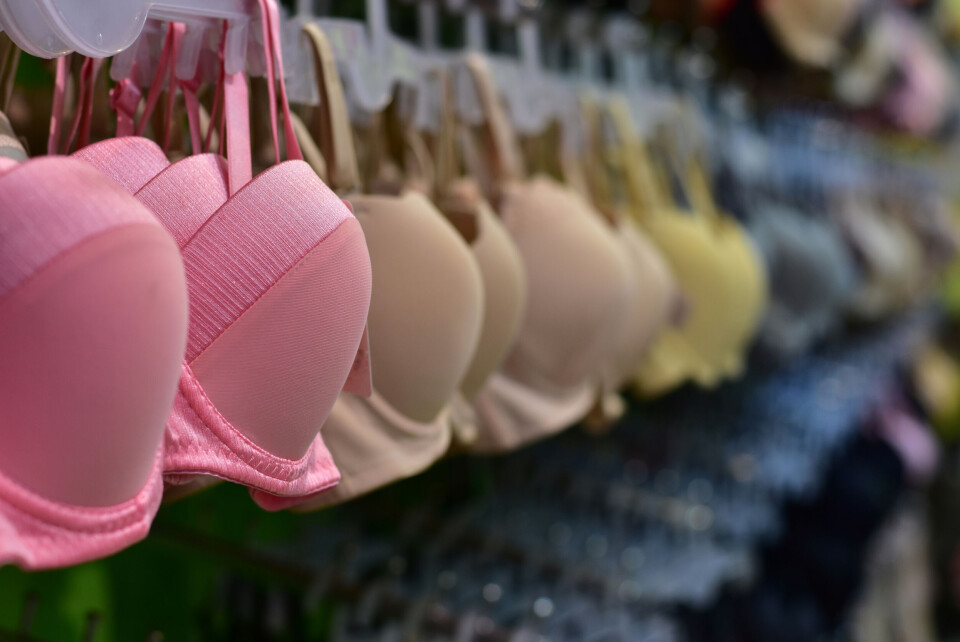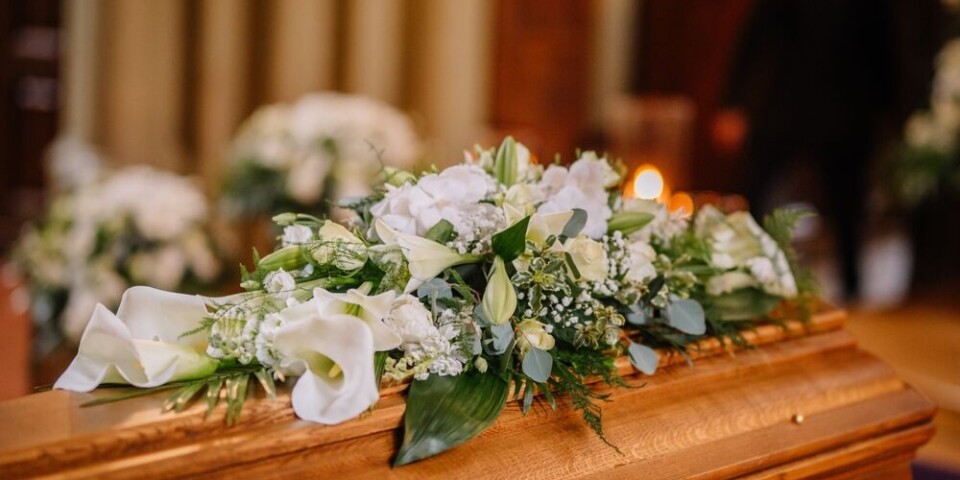-
French farmers begin major protest in Strasbourg
More than 700 tractors expected to park outside EU Parliament in two-day protest
-
French Prime Minister confirms use of Article 49.3 to pass budget
Usage opens government up to motion of no confidence but opposition MPs unlikely to find enough support
-
Floor collapses in Paris building leaving 20 injured
Water leaking into the building from balcony is thought to be cause of collapse
Covid lockdowns in France change women’s attitudes to bras
Lingerie companies are rethinking their more traditional structured, underwired designs following a movement towards prioritising comfort - or to no bra

Underwear brands are being forced to adapt their products as more women in France choose not to wear a bra, a trend started by the lack of social contact during the Covid lockdowns.
Lockdown isolation meant women did not need to dress in a way deemed appropriate by others – for example, for work meetings – and instead turned towards clothes in which they felt comfortable.
Freed from the judgement of the outside world, they could swap trousers for jogging bottoms, make-up for a fresh face and bras for crop-tops or no bra at all.
“For long weeks, women escaped from the external gaze which is trained on their bodies,” researcher and author Camille Froidevaux-Metterie told Franceinfo.
#FreetheNipple
This trend provided a new boost for the international #NoBra and #FreetheNipple movements, which have long been espoused by social media campaigns and public figures across the globe.
Statistics firm Ifop found in a survey of 3,000 women that in 2020 (after the first lockdown) one in six under 25-year-olds in France (18%) said that they never wear a bra.
This is more than four times higher than before the lockdown, when it was just 4%.
Some 29% of all women surveyed said that they had gone out in the past without wearing a bra.
Coline, who before Covid needed to dress up for her job in events management, told Franceinfo that lockdown had been a turning point for her. “It began with my bra and continued through the rest of my clothing style,” she said.
“I don’t wear jeans anymore, or tight things. I prioritise comfort.”
This movement has led to a gradual upending of underwear fashion trends. “Before, around 60% of bras [that we sold] were underwired and 40% were non-wired,” Patricia Tranvouëz, managing director of Etam, told journalists.
“Now, in the space of two or three years, this has been reversed,” she said, adding that her brand has had to carry out research in order to keep up with the change in preferences.
“It’s not just about having a very simple non-wired bra. On the contrary, [the new trend] is increasingly in search of sophistication in terms of the material that can be used to accommodate more generous chests without wiring.”
“We no longer split our offering into age groups but into purpose,” Ms Tranvouëz told Le Monde. “For women who want to be sexy, natural, sporty, comfortable, for others who only want to hear about microfibres and invisibility…
‘Complete freedom within one’s body’
“Women are telling us: ‘We don’t want to be restrained anymore.’ We respond by reworking materials, architecture, and elastics.
“We must succeed in holding up without wiring, without cups, without straps which dig in, [to create] complete freedom within one’s body.”
Laurence Duchiron, the marketing director of Princesse tam.tam added that: “With underwired bras, symbolised for example by a push-up design, the intention is to have perfect breasts, quite round and high.
“Women are distancing themselves from this idea of an idealised body. And that suggests that this trend will last.”
Indeed, lingerie companies which have emerged in recent years often privilege non-wired designs which give the impression of a ‘second skin’.
For example, on its website, underwear and loungewear brand Matins d’avril describes its products as lingerie which “cocoons” the body, and is made from natural products.
Samantha Montalban, the cofounder of lingerie company Mina Storm, recently told Le Monde that her mission to offer ‘ultra-comfortable’ alternatives to the traditional bra led to the ‘No Bra Top’, a halfway house between a crop top and a sports bra.
Since then, Etam has released its ‘24h Bra’, which it describes as a “wraparound bra, giving a no-bra sensation.” The item sold out soon after it was launched.
The Connexion contacted lingerie brand collective Lingerie Française to ask whether the No Bra movement has affected sales among their members, but we have not yet received a response.
Body positivity and the fight against harassment
The No Bra movement is being further boosted by social media influencers promoting body positivity.
Ifop’s 2020 study also found that 32% of women who do not wear a bra wish to “combat the sexualisation of female breasts, which forces one to hide them from the gaze of others.”
François Kraus, director of Ifop’s gender and sexuality department, told Le Monde that the No Bra idea “highlights the limits of women’s sartorial freedom in a society where the hypersexualisation of female chests exposes them excessively to forms of harassment.”
Some 36% of female respondents to the Ifop study said that they would not want to go out without wearing a bra because they would be worried about attracting ‘lascivious looks’ from men, while 34% feared being the subject of sexual harasssment or assault.
Related articles
French lingerie shops send knickers to PM in Covid-19 lockdown protest
Maison Cadolle: Six generations of haute couture lingerie
Iconic fashion magazine Vogue Paris to change name to Vogue France
























